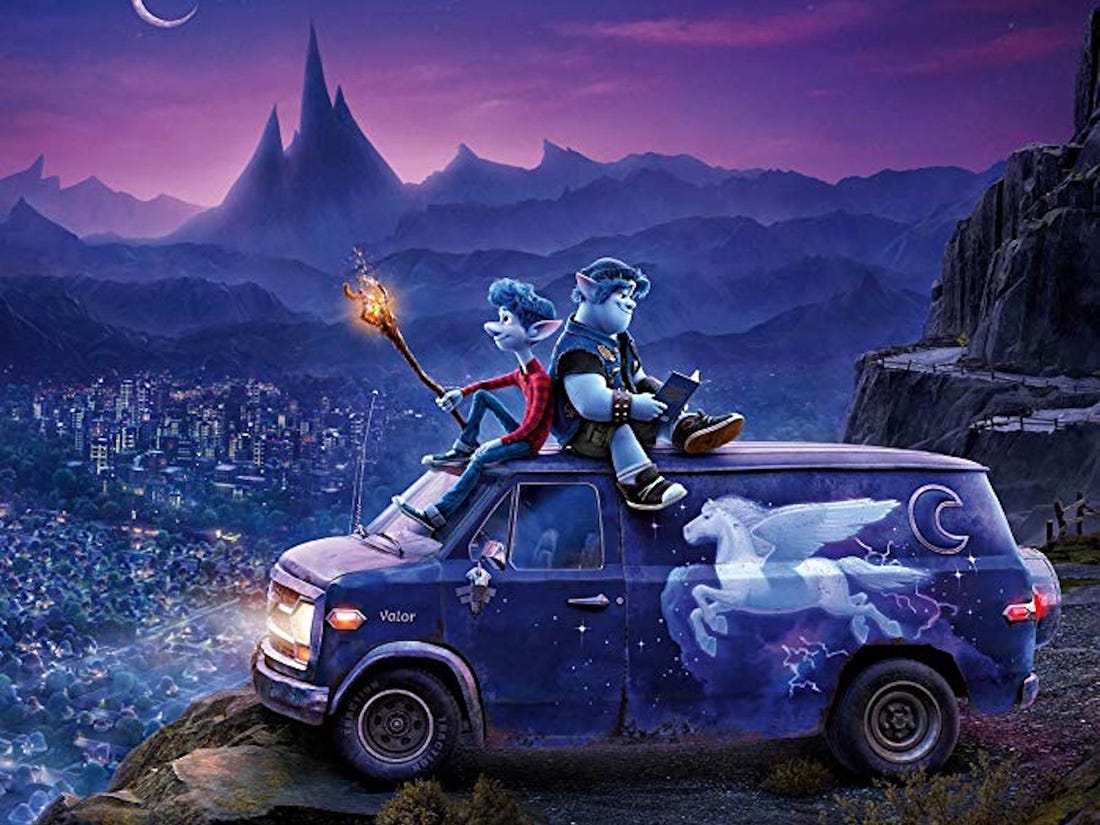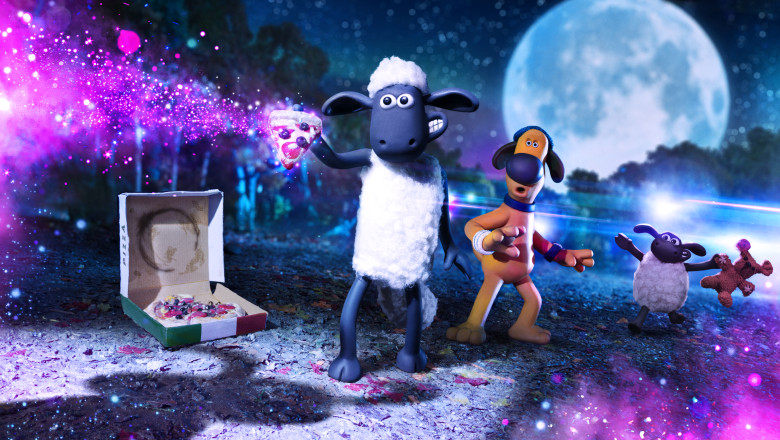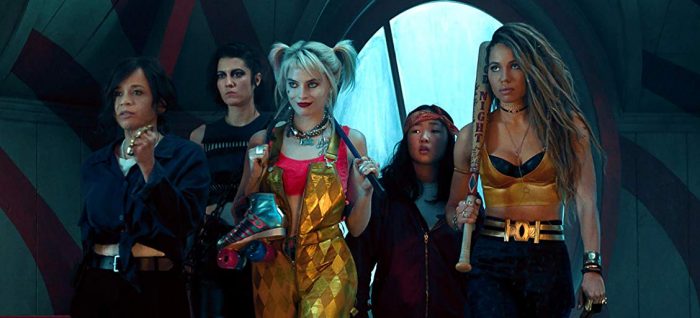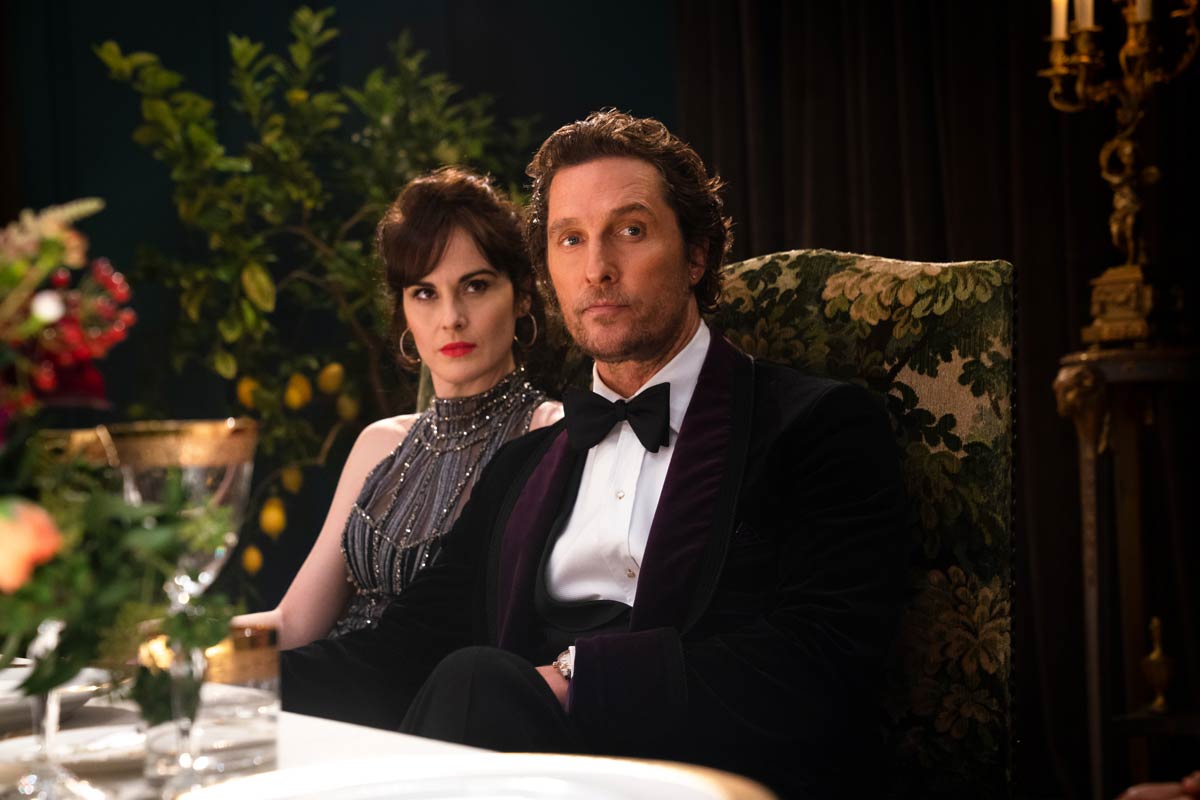Rating: PG / Runtime: 1 hour and 54 minutes
Coming hot on the heels of Pixar’s Best Animated Picture Oscar victory for 2019’s unwanted yet somehow still exceptional “Toy Story 4″, “Onward” is the first of two original stories by the revered studio to hit the big screen in 2020. With fairly light marketing going in, many will find themselves entering a theater in the same position that I was – unexpectedly unexcited. But fear ye not, good peoples of Earth, because that Pixar magic is alive and well (literally in fact, because ya know this story is about wizards and stuff).
“Onward” is a beautifully colorful film set in the fictional city of New Mushroomton, part of a world full of fantasy creatures like centaurs and sprites, that despite once being filled with magic and champions on heroic quests is now taken over by scientific and technological advancement. Mastering magic was “too hard” and innovation for convenience won the day. The story centers around two elf brothers, Barley (Chris Pratt) and Ian (Tom Holland) Lightfoot, who on Ian’s 16th birthday are given a present from their deceased father. This gift is a magical item that if used correctly will allow the boys to spend one last day with their Dad, which both of them desperately desire. Because he passed away from illness while they were young, Barley barely remembers their time together and Ian has no memories of his own at all. It’s something that both haunts and drives him, as he continually makes lists of things to accomplish in life hoping to make his father proud. In the old days, an epic quest was a staple of someone’s 16th birthday and after Ian’s attempt to use the item goes terribly wrong, the brothers set off to retrieve a mythical stone so that they can try again. Before the sun sets, of course. Every good quest needs a time limit.
To reveal any twists and surprises of the story would be completely unfair because the emotional journey Pixar takes viewers on is a truly wonderful one. Pratt and Holland have perfect chemistry as the brothers, who in lieu of a true antagonist for the film have a relationship that is both loving and also filled with many differences of opinion that lead to some exciting situations. Barley is a walking mishap who drives a van named Gwynevere, spends his time in role-playing games or protesting the destruction of historical sites, and generally reminds everyone he comes in contact with about how magic used to rule the land and they’ve gotten away from their true nature. Ian, by contrast, is smart but timid, socially awkward, and thinks his brother’s obsession is mostly lunacy. It makes for a ton of great banter throughout the film as the two embark on a daring quest that features all of the elements you might expect, including but not limited to finding a quest giver to get a map, solving tricky puzzles, and overcoming dangerous beasts with legendary weapons of power.
Yes, “Onward” is basically Dungeons and Dragons or World of Warcraft with a heartfelt and deeply poignant story of brotherhood and parental loss layered into that world, and it’s incredible just how powerful the emotions it evokes are! Make no mistake, at multiple points during the fun adventurous quest full of monsters, spells, and swords, the tears will flow and the heart will pound. This dramatic quest for family grieving is non-stop clever and charming along the way, and with “Onward” Pixar has a truly magical start to 2020 with a film that families (and especially fantasy fans who will enjoy the film’s many references) are going to find themselves enchanted by.
Rating:

Aaron White is a Seattle-based film critic and co-creator/co-host of the Feelin’ Film Podcast. He is also a member of the Seattle Film Critics Society. He writes reviews with a focus on the emotional experience he has with a film. Follow him on Facebook and Twitter to be notified when new content is posted.












